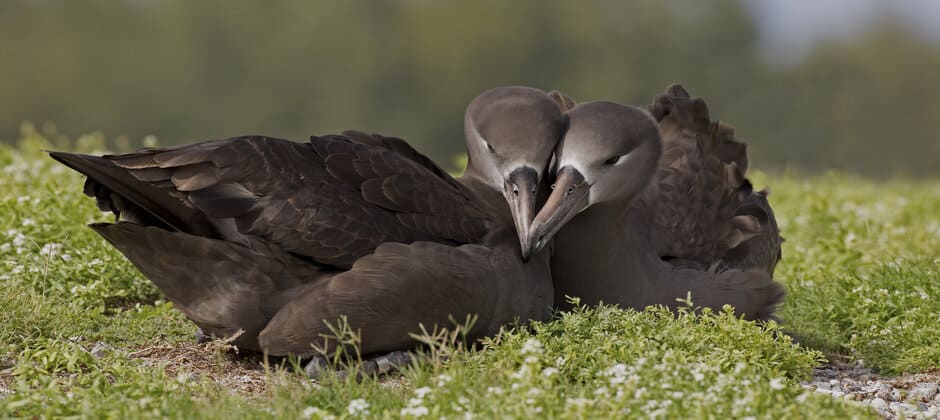Share this article
UFWS releases Birds of Conservation Concern 2021 report
The U.S. Fish and Wildlife Service has released the Birds of Conservation Concern 2021 report, which lists 269 bird species that the agency has identified as in need of conservation attention.
“This report serves as an early warning indicator for bird species in trouble and will help stimulate the collaborative conservation action needed to bring back declining bird species well before they become threatened or endangered,” said USFWS Principal Deputy Director Martha Williams in a press release.
Under amendments to the Fish and Wildlife Conservation Act passed in 1988, the USFWS must “identify species, subspecies and populations of all migratory non-game birds that, without additional conservation actions, are likely to become candidates for listing under the Endangered Species Act.”
All species on the BCC list are protected under the Migratory Bird Treaty Act of 1918, which protects over 1,000 migratory bird species across the United States by making it illegal to take — harm or kill — those species without a permit. Species already listed under the Endangered Species Act are not eligible to be included on the BCC list, but recently delisted species or those considered for listing but not yet listed are. For example, the list includes the Interior least tern (Sterna antillarum athalassos), which was removed from the ESA list earlier this year.
The Birds of Conservation Concern list does not confer regulatory or legal protection to the included species but instead serves as a way to focus conservation efforts across the federal government and its partners. The USFWS also uses it when evaluating grants proposals under both the North American Wetlands Conservation Act and Neotropical Migratory Bird Conservation Act. These key grant programs, both supported by The Wildlife Society, provide funding for the USFWS and its partners to support projects that protect, restore and enhance wetlands in the U.S., Canada and Mexico, and projects that promote population and habitat conservation for neotropical migrants throughout the western hemisphere, respectively.
In developing the Birds of Conservation Concern list, the agency considered a number of factors, including population abundance and trends, threats on breeding and non-breeding grounds, and size of breeding and non-breeding ranges. The USFWS did not consider the potential effects of climate change on species in developing this year’s list, but indicated they might consider it in the future.
The Birds of Conservation Concern list was last updated in 2008. Each assessment was structured differently, making it difficult to compare one list to the next.
Header Image: The black-footed albatross (Phoebastria nigripes) is one of the species identified by the U.S. Fish and Wildlife Service as in need of conservation focus in the new Birds of Conservation Concern report. Credit: Dan Clark/USFWS








